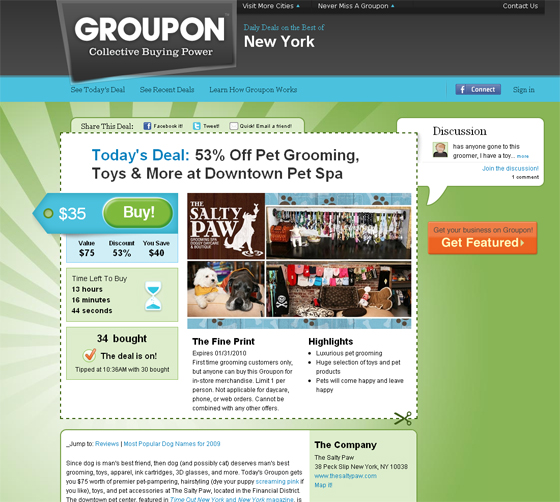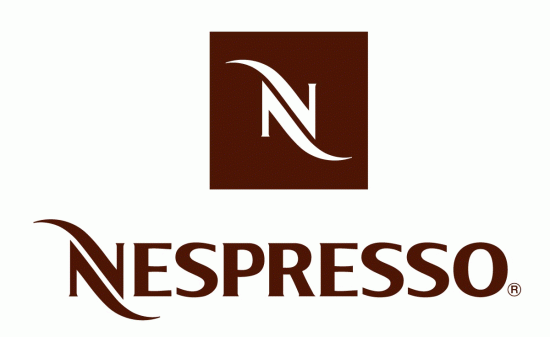Data provided for the three m-commerce clients indicates that the majority of their traffic from mobile platforms comes from smartphones, and typically from the iPhone and Android devices. For each retailer, those two platforms accounted for between 69%, 71%, and 43% of their visits, respectively, over the last year.
The iPad typically had a smaller share of mobile traffic, reflecting the lower penetration of tablets compared to smartphones generally. About 5% of U.S. consumers surveyed by Nielsen in the first quarter had tablets, versus 36% that had smartphones.
The Apple tablet made up 17%, 15% and 49% of traffic for the three retail clients studied by Ability Commerce, respectively. In the last instance, the retailer had an iPad-specific app that helped boost its share of traffic.
When it came to generating revenue, however, the iPad accounted for a disproportionate amount of m-commerce activity. The retailer, with 17% traffic from the iPad, got 35% of its sales across mobile platforms from the Apple tablet. The one with 15% iPad traffic got 51.5% of revenues from that device, and the retailer with an iPad app got 91.5% of sales from the tablet.
"The trend we are seeing is that while there is a significant increase in Web site traffic due to mobile phones, there is still a much higher percentage of conversion rates on tablets," said Jennifer Tonisson, marketing manager at Ability Commerce.
Research has shown that people tend to use tablets more at home than when they are out. A first-quarter Nielsen survey found about 70% of tablet owners use the devices while watching TV. People used tablets least while shopping or running errands (21%), or commuting (20%). About the same proportion (68%) of smartphone owners use their handsets while watching TV. But 59% use their phones while shopping or running errands.
Taken together with the Ability Commerce data, that suggests people may browse or research retail purchases using their ubiquitous smartphones, but wait to make purchases at home using the iPad or another tablet model. The larger tablet screen naturally makes it easier to complete a transaction than on a smartphone.
"Shopping on a tablet isn't that much different from shopping on a laptop or a home computer," said Tonisson. "You see the same amount of information and product detail. Shopping on a mobile phone is different. Graphics are downsized, descriptions are shorter."
New research from Forrester indicates that among online shoppers who have tablets, most prefer tablets to smartphones when buying online. Most find their tablet as easy to use as their computer when doing so. Specifically, 72% of Gen Xers, 67% of boomers, and 65% of Gen Yers say they use their tablet more than their smartphone to shop online.












